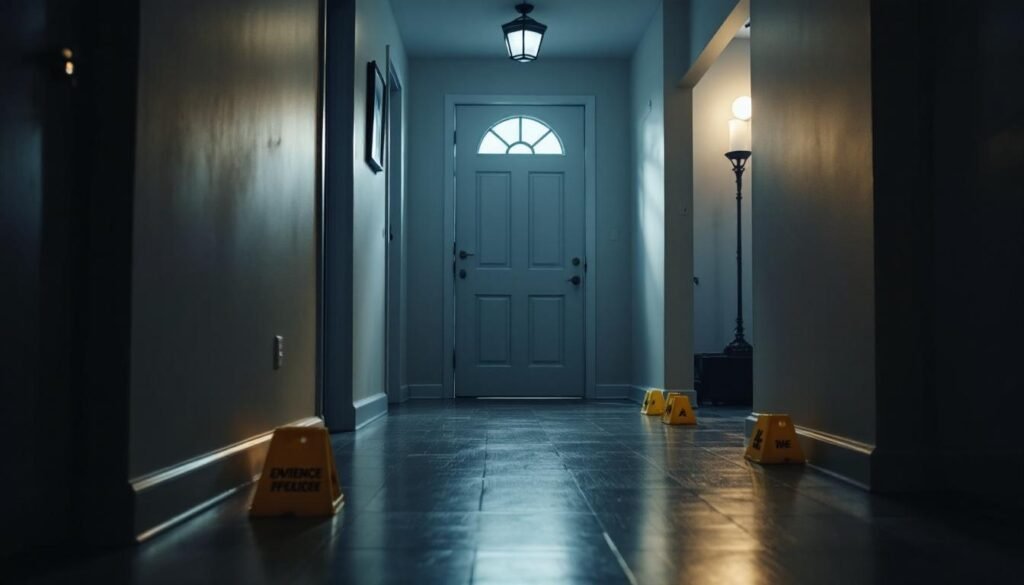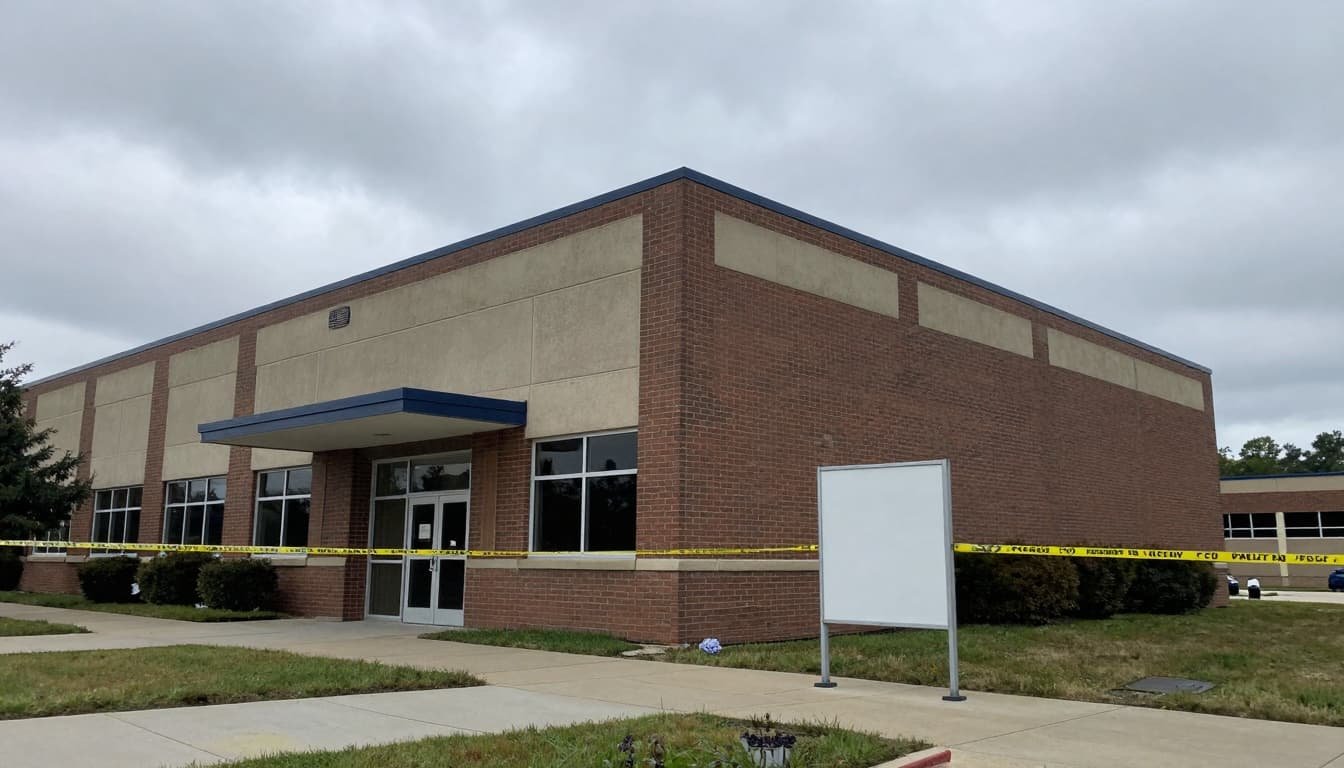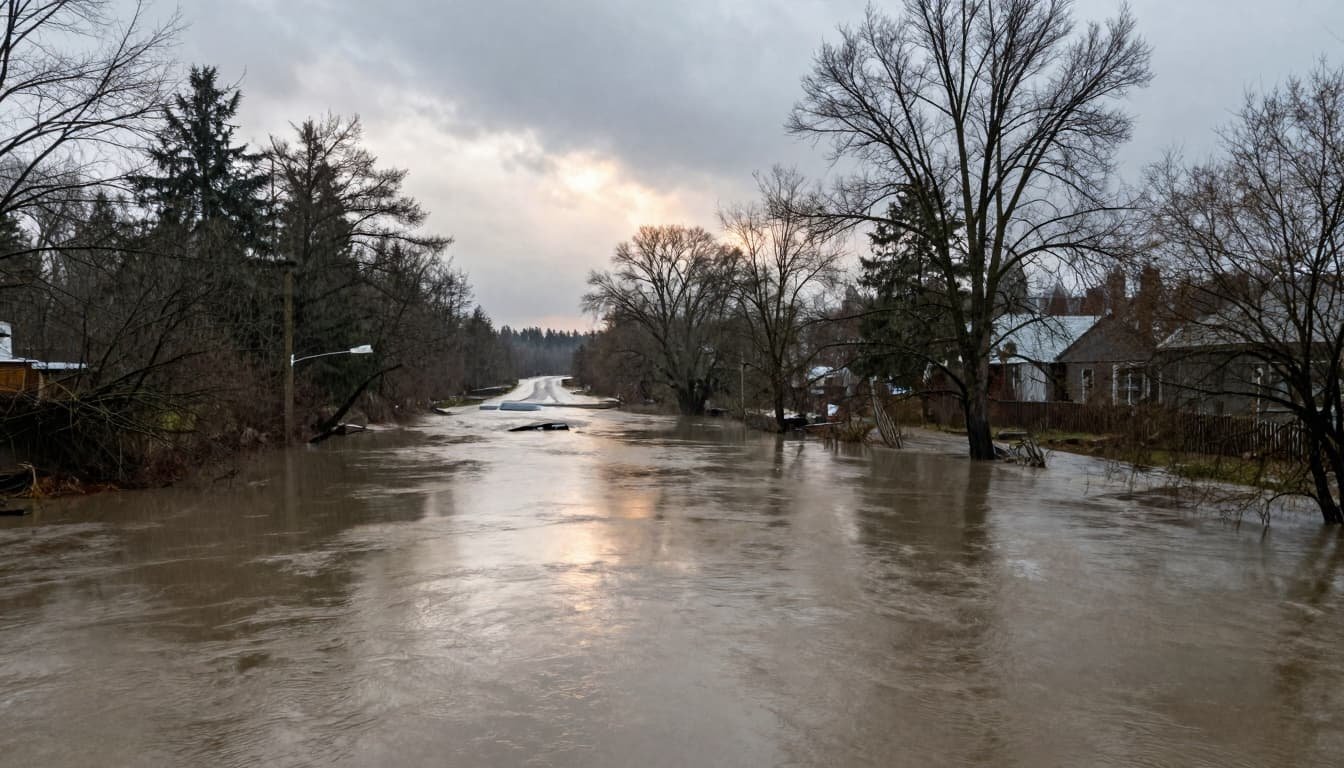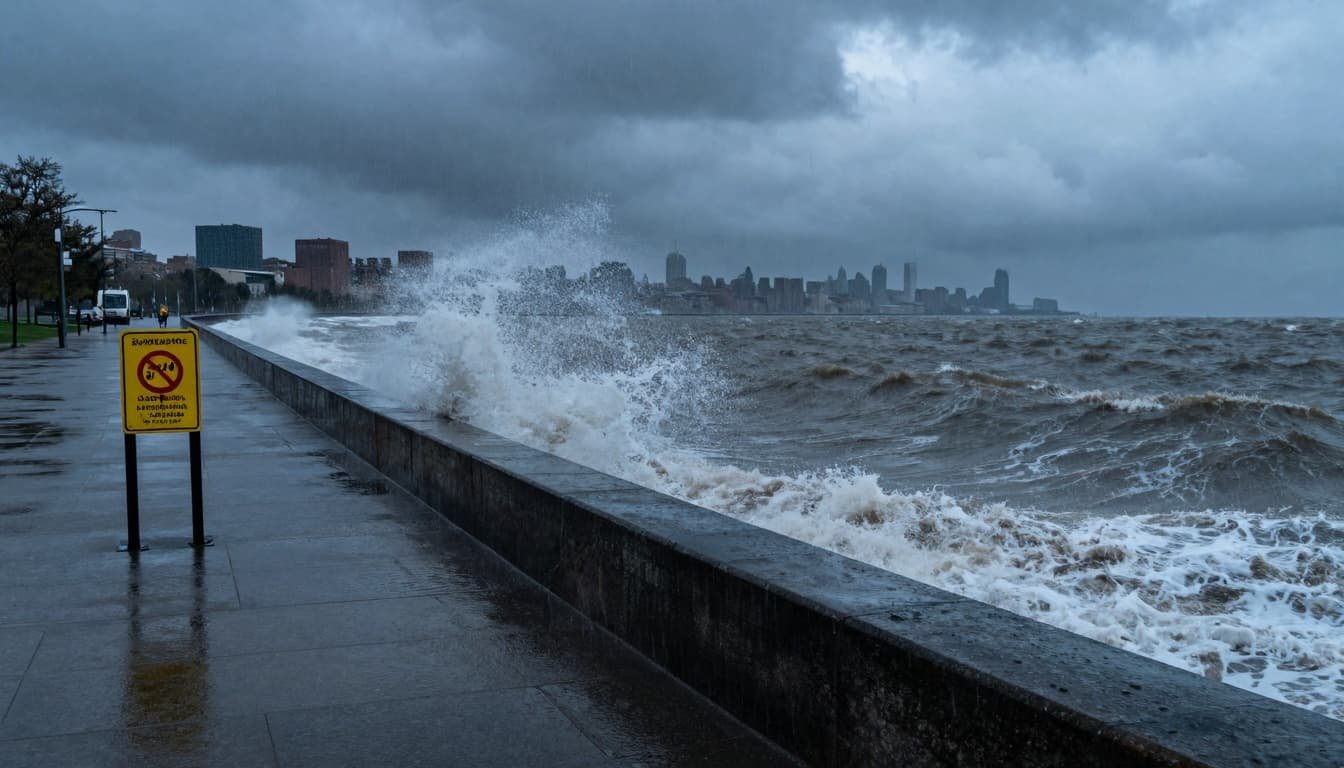Authorities released haunting video from a suburban Minneapolis home tied to a reported plot targeting a school. Here’s what the footage shows, what investigators have shared so far, and how communities can respond to warning signs without spreading fear.

The Short Version
- Police shared video from a home linked to a suspect accused of planning a school attack.
- Investigators say the material recovered points to intent and preparation.
- Officials urge the public to report concerning behavior early and avoid sharing graphic or identifying content online.
What Authorities Released
According to public reporting and police statements, investigators executed a search of a suburban Minneapolis residence tied to a suspect who identified as transgender. They released edited video recorded inside the home. The footage, which avoids graphic detail, shows spaces where materials were stored and the general setup investigators say was used for planning.
Law enforcement typically releases such footage to provide transparency, encourage tips, and reassure the community. In this case, officials emphasized that the video was edited to remove sensitive details that could compromise safety or ongoing legal proceedings.
What Investigators Reported Finding
Authorities say they recovered items and notes indicating intent to target a school, along with digital materials under review. The specifics of those materials are the subject of continuing investigation and likely court filings. Officials also highlighted the role of digital communications and online activity in shaping the case.
As with any active investigation, details can change as evidence is processed and charges are finalized. The public should rely on official updates from the police department, county attorney, and court records rather than speculation on social media.
Context: How Cases Like This Are Handled
When law enforcement receives a credible tip about potential violence, they usually move quickly to secure evidence, assess imminent risk, and notify potential targets. Search warrants allow investigators to collect physical items and digital data. If risk is immediate, authorities may alert schools and the public while limiting details to avoid copycat behavior or interference with the case.
Courts then evaluate probable cause and, if charges are brought, the case proceeds through arraignment and pretrial hearings. During this period, officials balance the public’s right to know with safety and due process concerns.

Why Responsible Coverage Matters
There is a proven risk of copycat behavior when graphic details and manifestos are widely shared. Editors and creators are encouraged to avoid publishing specific methods, step-by-step descriptions, or materials that glorify or provide a blueprint for harm. The goal is to inform the public without enabling future attacks.
- Do not share detailed instructions, schematics, or explicit plans.
- Avoid publishing manifestos or ideology summaries that could amplify the suspect’s narrative.
- Use people-first language and avoid sensational headlines.
- Focus on timelines, verified facts, and the actions of first responders and the community.
Recognizing Warning Signs
Authorities and safety groups often highlight behaviors that can warrant a confidential tip to local law enforcement or school administrators:
- Direct threats to a school or named individuals.
- Obsession with prior attacks or attempts to obtain weapons illegally.
- Leakage of intent in messages, posts, or conversations.
- Sudden isolation combined with violent ideation or rehearsals.
- Fixation on a target, grievance, or countdown dates.
If you see something concerning, call non-emergency police lines or school hotlines. In an immediate emergency, dial local emergency numbers right away.
Community Response Without Panic
After a high-profile case, students, parents, and staff can feel anxious. Schools and community leaders can take steps to reassure families and improve readiness:
- Share clear, non-graphic updates and point to official sources.
- Review campus access policies and visitor controls.
- Refresh training on reporting and threat assessment protocols.
- Offer counseling resources for students and staff.
- Coordinate with local law enforcement on communication plans.
For Newsrooms and Creators Covering This Story
- Confirm details with police statements, charging documents, and court filings.
- Avoid publishing methods or materials that could be used to replicate harm.
- Use careful language around identity; do not conflate identity with criminal behavior.
- Center victims and community needs, not the suspect’s notoriety.
- Update as facts change; add a visible corrections box if needed.
Legal Process and Presumption of Innocence
Until a court reaches a verdict, the suspect is presumed innocent. Early reports can include errors or incomplete details. That is why updates and corrections are part of responsible coverage, and why speculation should be avoided.
Resources and Support
- Local school district safety page: Check your district’s official site for reporting contacts and safety protocols.
- State crisis lines: Many states offer confidential tip lines for school safety concerns.
- Mental health support: National or local hotlines and counseling services for those feeling distressed by the news.
Police-released footage from a suburban Minneapolis home linked to a reported school attack plan is unsettling, but it also reflects swift investigative action. Communities can stay informed, report warning signs early, and support students and staff without amplifying harmful content. Responsible reporting and careful language help reduce risk while keeping the public informed.
To contact us click Here .







